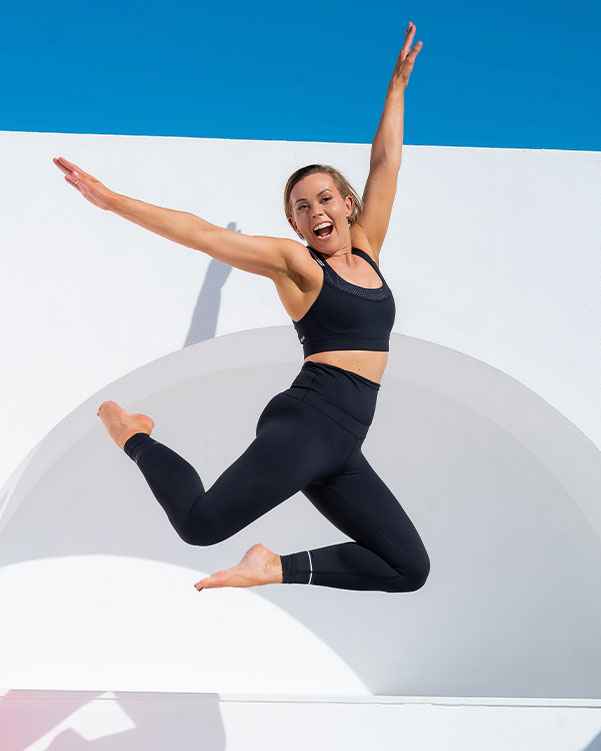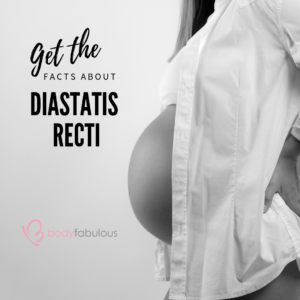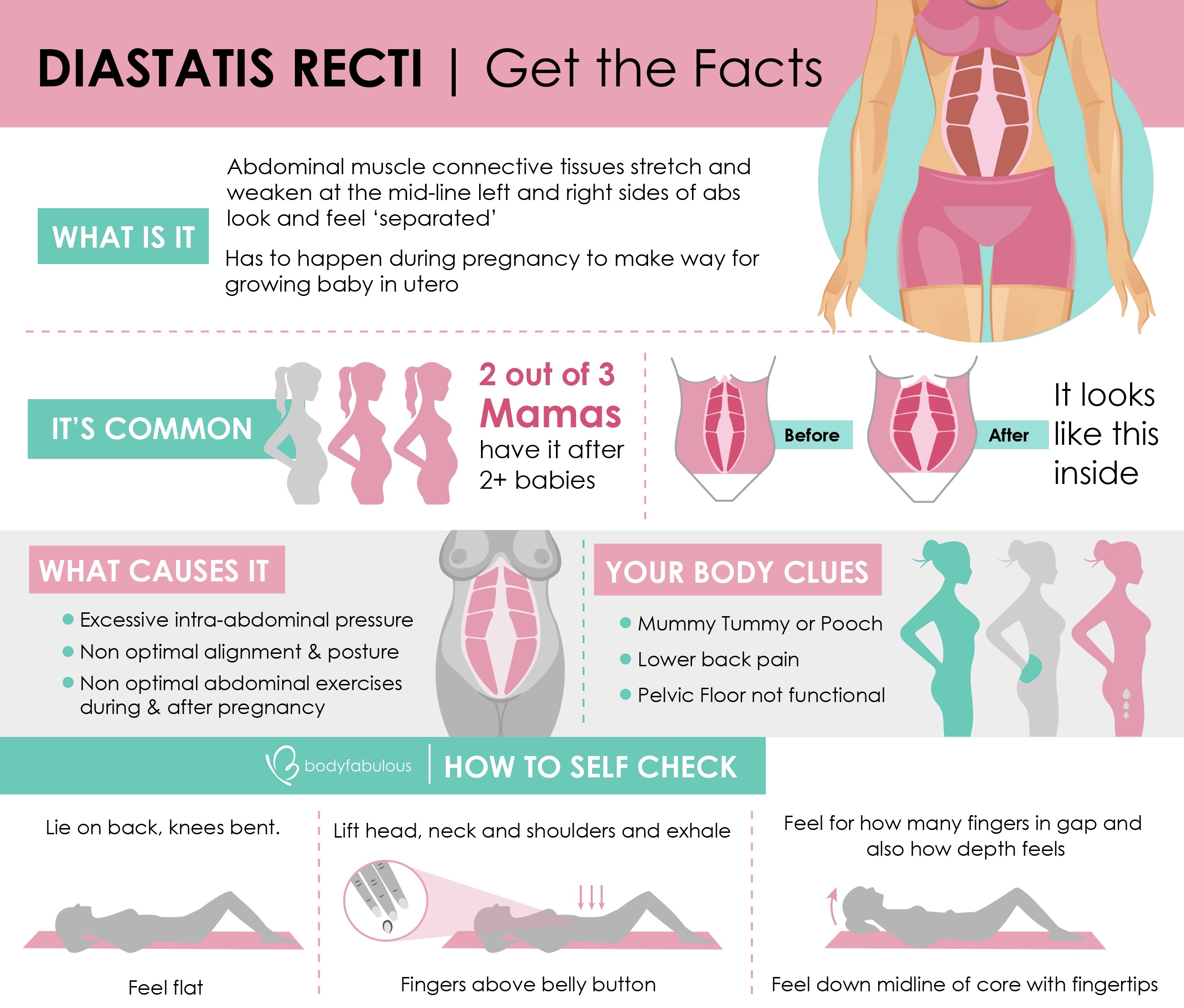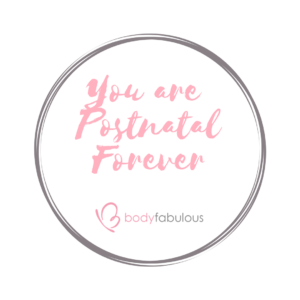I know abdominal separation can be a big concern, and if you aren’t even sure what it exactly is – don’t let that frighten you because it HAS to happen during pregnancy…your core needs to separate to make way for your growing baby. However certain movements and exercises can exacerbate the separation – this when diastasis recti (DR) occurs during pregnancy and for many can remain after baby.
Almost every woman gets some degree of abdominal separation post pregnancy the good news is – that you CAN work on healing your core. It actually starts with the foundation of your core, your pelvic floor, so please make this a major priority during pregnancy and post birth.
Confused on how that works ?
That’s what I’m here to help. The video I did live with Melita from Mammojo is the perfect place to start – so watch it below :
I want you to know the key tips that can help in minimizing further separation and assist recovery.
Why ? because as I mentioned above you CAN heal diastasis recti, but first you must focus on the “connection” or fascia/muscle tension and less about the actual “separation“. Start with my complimentary CORE training guide here – suitable for pregnancy and postpartum.
Discover new ways to measure abdominal separation
It is important to understand what degree of separation has occurred post birth – you have probably heard about 1 finger, 3 finger etc separation. However please don’t get too concerned about this, especially if you are early days post birth. It is much better to wait until closer to 10 -15 weeks postpartum to get a better measurement of separation. Please ask a certified prenatal / postpartum trainer to measure your abdominal separation or visit a women’s health physio for a full assessment post birth.
Also read my blog here about why it is not just about the gap of the separation that you need to be concerned about, it is also the depth. Plus download a full Diastatis Recti Infographic right here
How to manage and avoid excessive abdominal separation
To avoid and manage abdominal separation it is important to learn how to properly strengthen your deep core along with good postural habits – both during and after pregnancy !
In the postnatal phase (which in reality mamas, once you have had a baby you are post natal forever – read why here. I again emphasis that you need learn how to properly strengthen your deep core muscles which are great for a number of things:
- Help prevent or avoid incontinence and prolapse
- Avoid/minimise back discomfort or pain
- Better posture
- Stronger body overall
- Flat or flatter tummy – check out this workout it’s safe for pregnancy and postpartum.
- And back to our topic, strengthening your deep core can help repair diastasis recti by assisting to wrap the rectus abdominals back together and also create more fascia and fascial connection (fascia is another KEY in repairing and prevention of D.R.) – read why here.
Breathe your way to a better core !
If you workout with me in my BFABMETHOD online or as a client – you may start to notice how I constantly cue how to use your breath. Basically, I am helping you to breathe your way to a better core as your diaphragm is connected to your core.
Breathing effectively helps to stimulate your fascial connections and create stronger deep core muscles and fascia throughout your deep core. It’s pretty simple learn when and how to breathe not only during exercise but also during your daily movements as a busy mama – hit the image below to grab my core training guide.
Another important take away I want you to start incorporating in your life until your abdominal separation has been repaired is how you move, especially getting up and down or in and out of bed. Rolling to your side when laying on your back or when getting up, this avoids that “crunch” or “Toblerone” which I talk about in this video . This is important to avoid as it can put a lot of intra-abdominal stress on your midsection and actually cause D.R. or increase it’s severity and slow down recovery.
Got any other questions or concerns on Ab Separation – contact me or post them in my #BFabSquad.
Stay Fabulous !

P.S. Know other mama’s that could benefit from learning this information please share or continue the conversation on my Facebook Group.


About Dahlas
Dahlas Fletcher is one of Australia’s most respected and successful certified and experienced Pregnancy and Female Fitness Trainers. Her goal is to help you be the happiest, most fabulous version of yourself, inside and out.







